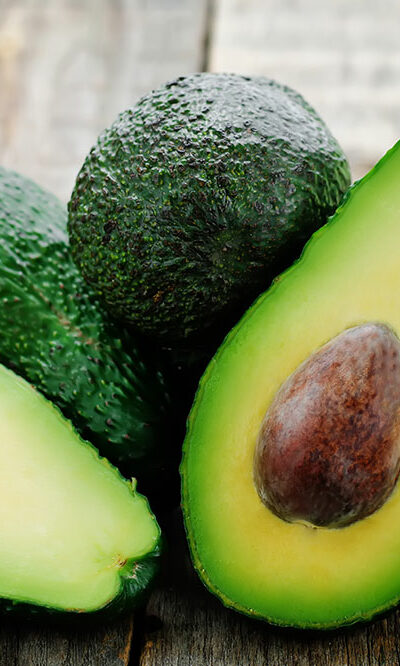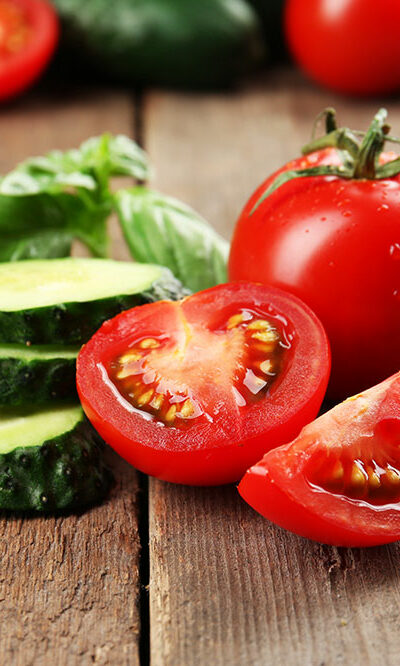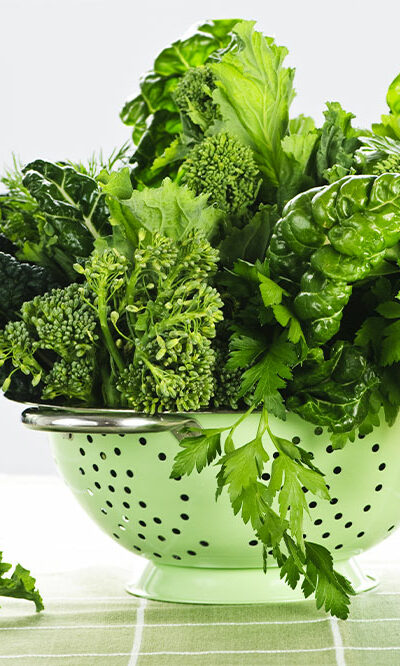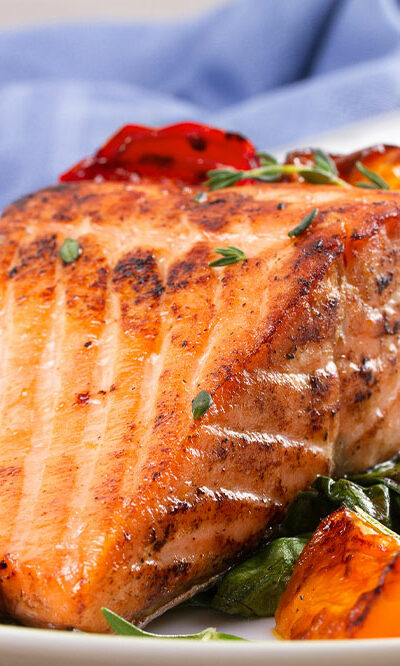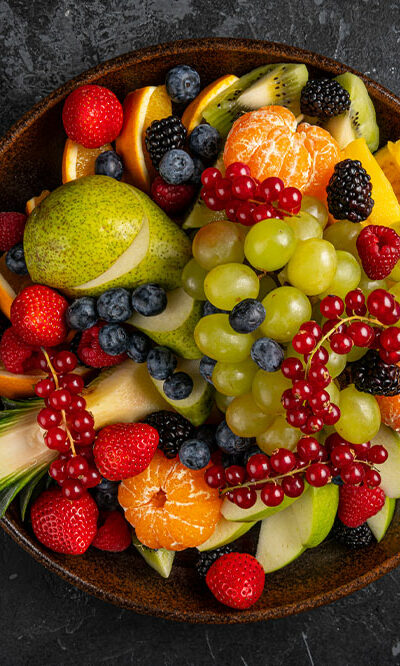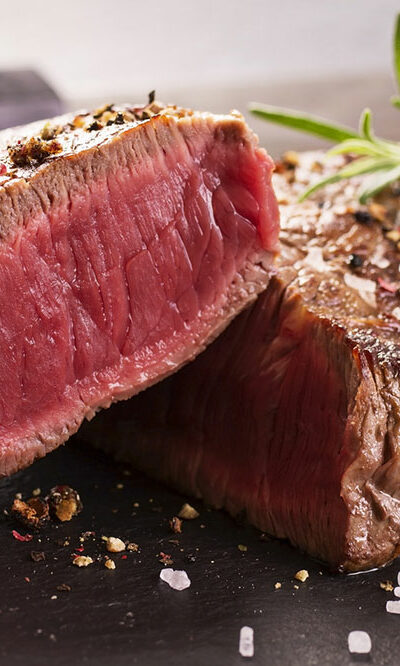
5 foods that help manage acid reflux
Acid reflux is a condition that can cause a burning sensation in the chest, accompanied by other symptoms such as regurgitation of food or sour liquid, chest or stomach pain, and difficulty swallowing. Sometimes, it may also lead to the development of a lump in the throat. These symptoms occur when the esophageal sphincter fails to function correctly, causing digestive juices and stomach contents to rise through the food pipe. However, certain foods can help in providing relief. Bananas This fruit has low acid content and is highly alkaline, which can help neutralize the stomach acid that causes irritation of the esophageal lining during acid reflux. Moreover, bananas are a rich source of pectin, a type of soluble fiber. This slows down the movement of food through the digestive tract smoothly. Additionally, the fiber helps to keep the stomach feeling fuller for a longer period of time, which can prevent overeating, a major cause of acid reflux. Honey The viscosity or thickness of honey is relatively high. It neutralizes the stomach acids and forms a physical barrier between the esophagus and the stomach. Moreover, it can coat the mucus membrane of the esophagus to protect it against the irritating effects of the refluxed stomach acids. A teaspoon of honey can help provide relief from some of the symptoms of acid reflux. Watermelon Watermelons boast a high water content and are also enriched with vitamins and minerals. This combination of nutrients can help dilute and weaken the refluxed stomach acid, providing relief from acid reflux. Eating bite-sized pieces of the fruit instead of drinking watermelon juice is recommended to reap the best benefits. This is because chewing the fruit stimulates the production of saliva, which further neutralizes the stomach acid. Lean meat Chicken, turkey, and other lean meats are considered low-acid foods, so including them in meal plans can help maintain optimal levels of stomach acid.

